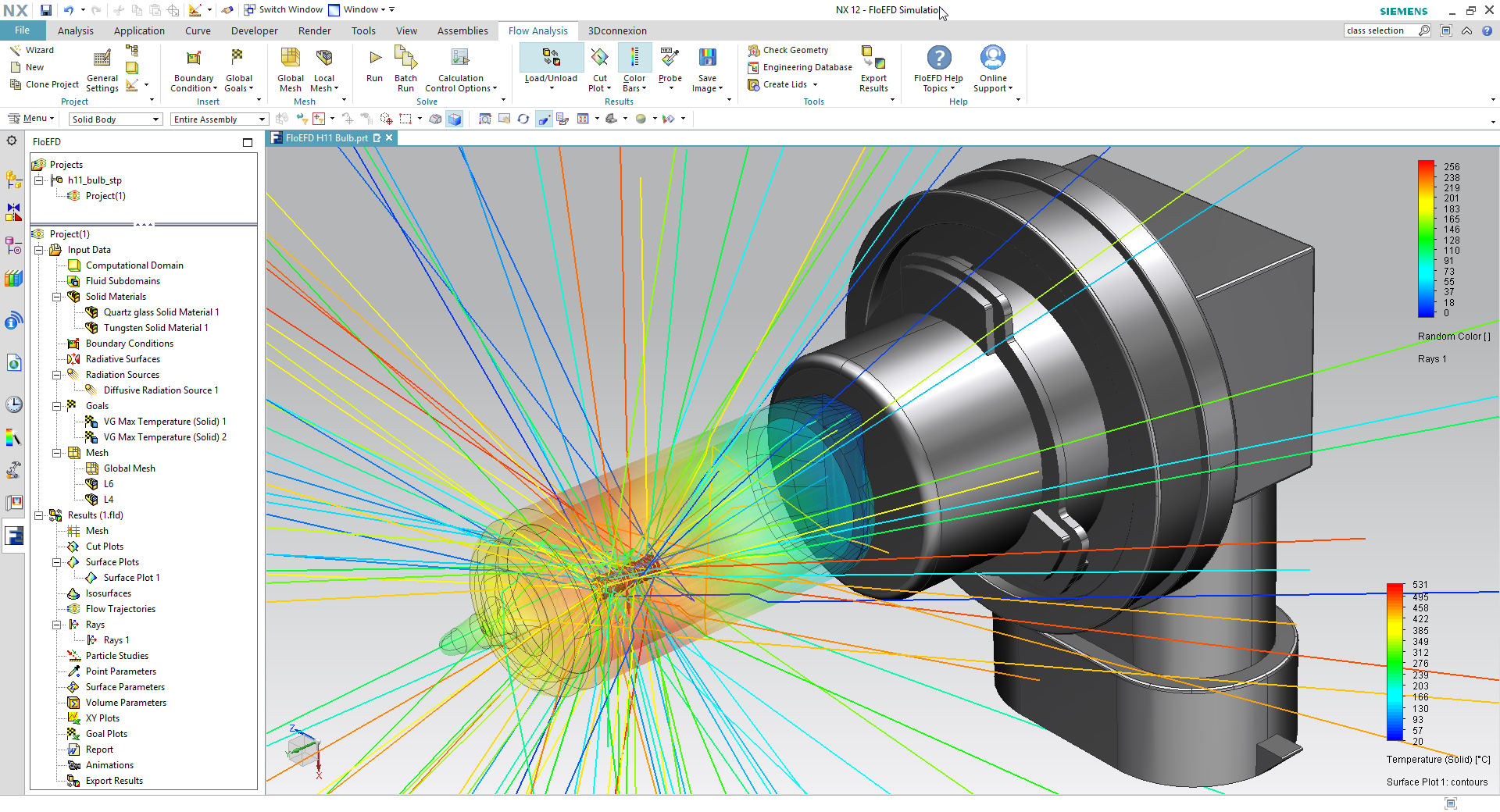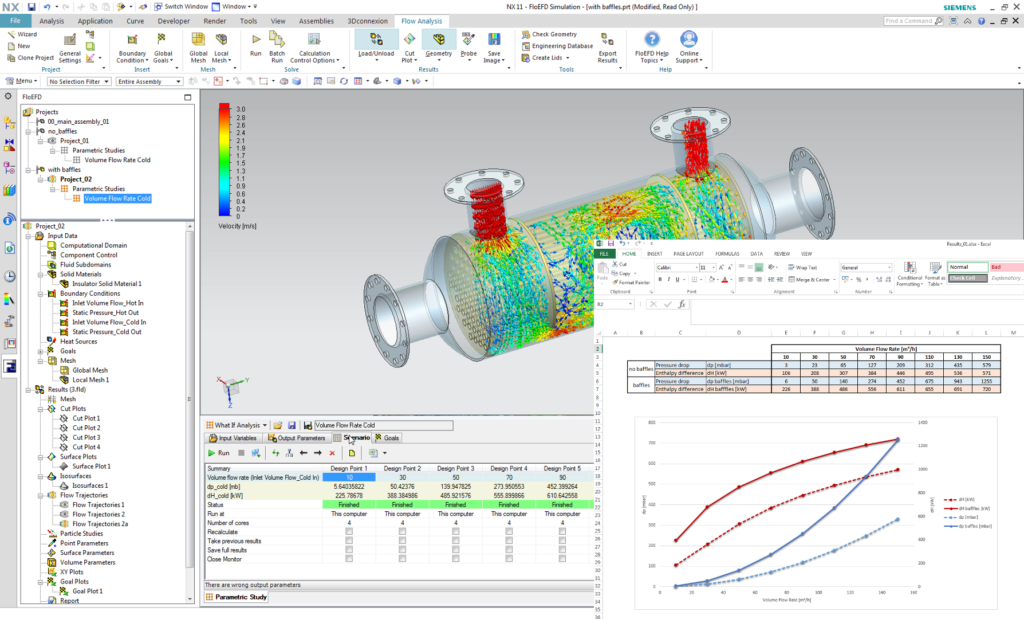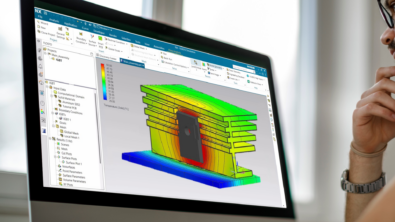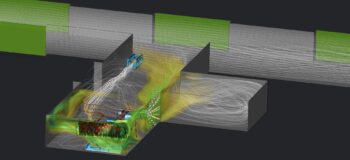Heat Transfer and its importance in our everyday lives

For an engineer, the term “heat transfer” is well known as usually every engineer with a STEM background has had some touchpoint in his educational degree with it. It might have been in Physics 101, or Fluid Dynamics 101 and some of us engineers have gotten deeply involved with the topic and applying its fundamentals every day at work – not to mention every breathing second of our lives.

Heat transfer is an essential part of our daily lives and often not even recognized as we go about with our lives. One essential heat transfer that everyone is familiar with, although maybe not understand its use, is sweating. We sweat when we play sports, run for the subway or train or lay on the beach. The human body regulates its heat through the largest organ of our body – our skin. In most cases, sweating is not required but when our body works out more and we start to sweat, the body applies the laws of physics very naturally. The evaporation of our sweat consumes energy (latent heat) which our body wants to get rid of in form of heat. This process helps our body to stay cool, no matter if it’s due to a high fever when we are sick or run a marathon. Preventing our bodies from sweating under such conditions can cause us to overheat.
Now coming back to the engineering topic of cooling, this effect in spray or film cooling, as well as other heat transfer mechanisms, is applied in almost everything. When it’s cold outside we use heaters which work by conduction, convection and radiation – the three key heat transfer mechanisms. While I’m writing this blog post, my laptop is generating heat at various places: the processors and chips, the battery that is getting drained and the LED screen. All of them conduct the generated heat into the laptop structure, as well as any other components and objects in contact with them. In this case, the heat is dissipating by natural convection on the display and by radiating off of its large surface area or conducting onto the table it stands on together with the rest of the heat generated by the laptop and even into the palm of my hands resting on the keyboard. I can also clearly hear the fan humming as it cools s the processor.

Thermal management is key in so many engineering disciplines – from brake cooling in cars, to gearbox or bearing cooling in wind power plants, cooling of electronics in smartwatches, mobile phones, as well as computers on our desks, on planes, trains and other means of transportation. Everywhere, where there is movement, some form of propulsion or electricity, there is heat generated through friction, chemical reaction or electric losses. In some cases, heat is wanted and in others it is not and the task of us engineers is to optimize its use or dissipation. It should either be heated as efficiently as possible (such as our homes) or cooled, and often as quickly or equally as possible as well.
To learn more about heat transfer and how Simcenter FLOEFD can help you tackle that problem, have a read of our White Paper “What they didn’t teach you in school about heat transfer”.


